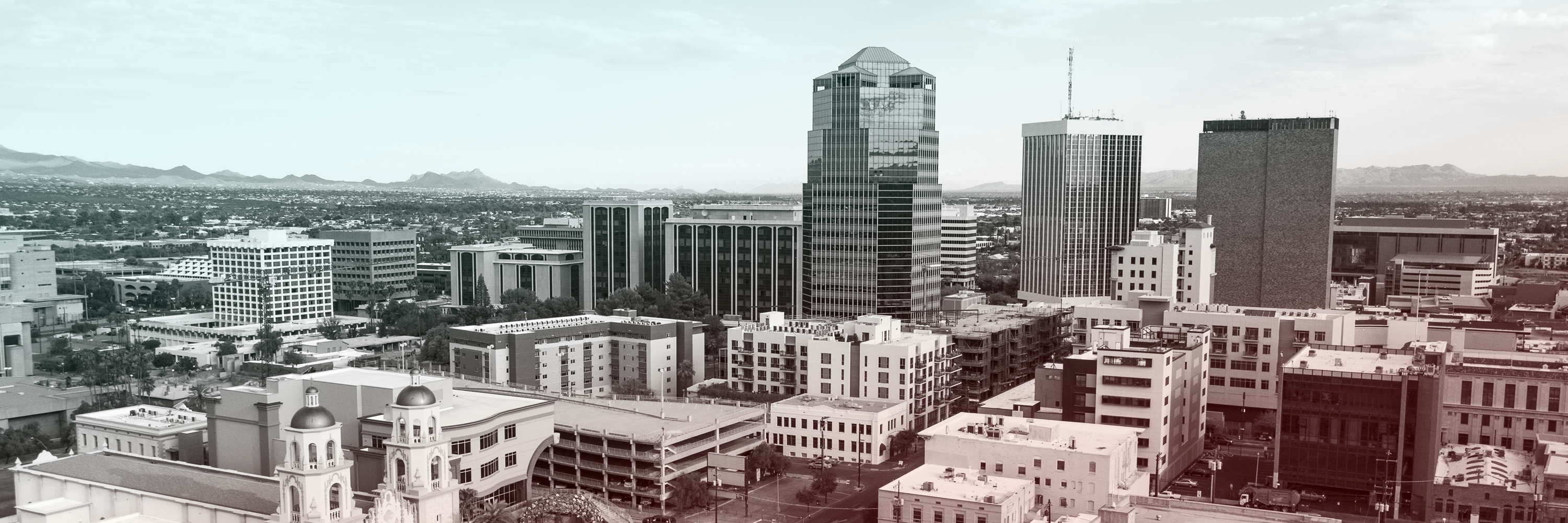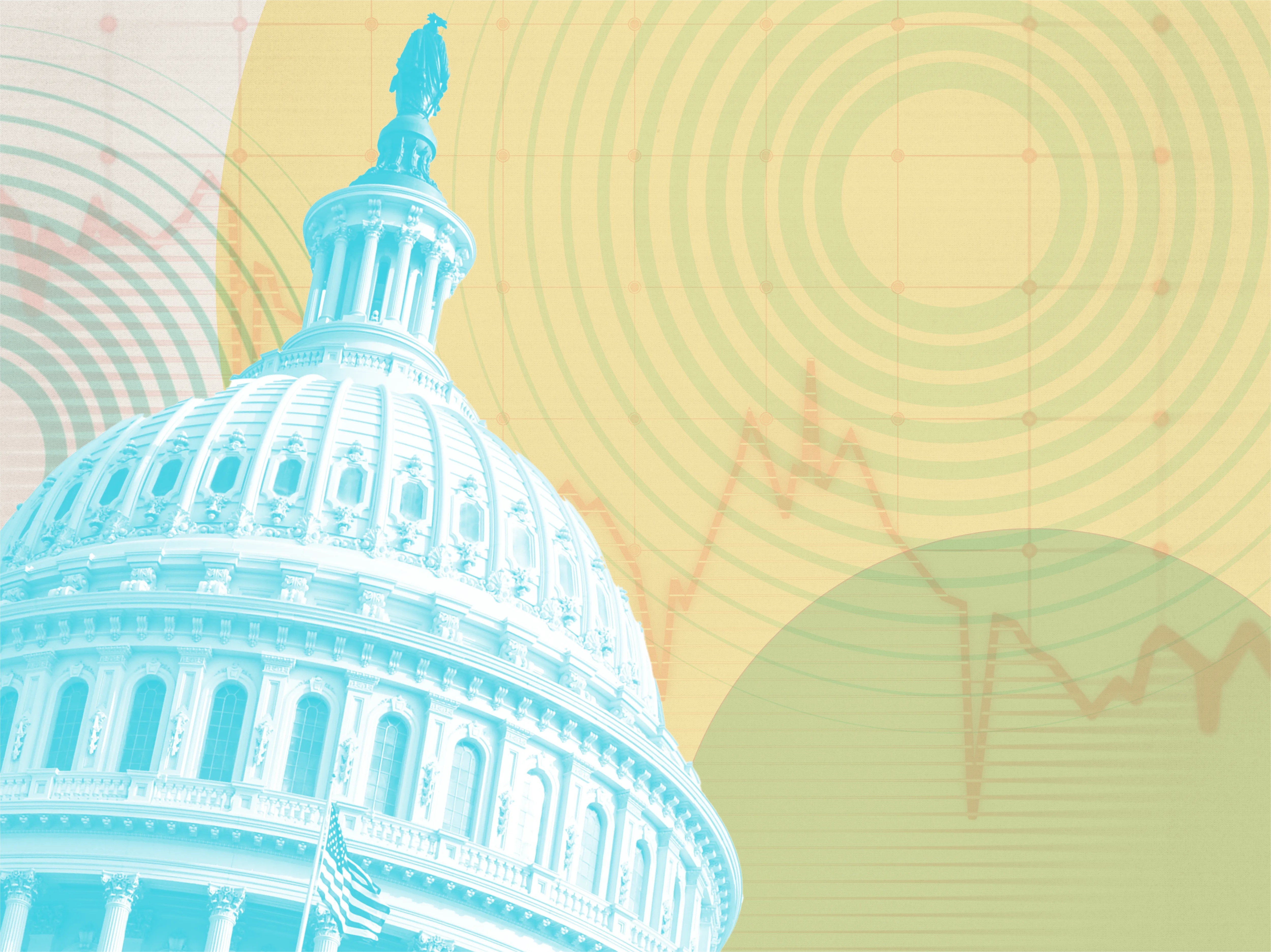 Last week, the International Panel on Climate Change issued its most sobering assessment to date: A hotter future is all but certain. Houston Mayor and Chair of the U.S. Climate Mayors, Sylvester Turner, responded to the report, asserting that cities are in a unique position to act as they have the “dual experience” of bearing the brunt of the climate crisis while also, “serving as the engine that drives impactful and meaningful change.”
Last week, the International Panel on Climate Change issued its most sobering assessment to date: A hotter future is all but certain. Houston Mayor and Chair of the U.S. Climate Mayors, Sylvester Turner, responded to the report, asserting that cities are in a unique position to act as they have the “dual experience” of bearing the brunt of the climate crisis while also, “serving as the engine that drives impactful and meaningful change.”
In fact, many cities across the U.S. have been busy brainstorming ways to protect natural resources, infrastructure, and their most vulnerable populations from the impacts of climate change. Tucson, Arizona, is one of those cities.
In September of 2020, the city issued a Climate Emergency Declaration, with the goal of reaching carbon neutrality in city operations by 2030 and committing to a 10-year Climate Action and Adaptation Plan that centers the needs of frontline and marginalized communities. One year later, Tucson is closer to implementing this holistic vision for the city’s climate future. In this blog, we revisit our podcast conversation with members of the City of Tucson’s Commission on Climate, Energy, and Sustainability and share four takeaways for utilities and program administrators looking for ways to partner with cities and local communities.
Want to catch the podcast in its entirety? Click here to listen to A Conversation with Tucson’s Commission on Climate, Energy, and Sustainability.
Lesson #1: Cities are Setting the Table for Change
Tucson’s climate action plan draws on principles of health equity, a just transition, and environmental and climate justice. With input from the commission, the city recently amended a local ordinance requiring electric vehicle (EV) charging outlets in all-new, one- and two-family dwellings.
The City of Tucson has relied on the input of the Commission on Climate, Energy, and Sustainability to create a more adaptable and sustainable city. The 11-member commission is made up of folks across industries and specialties whose input informs the work of the Mayor and City Council. “This commission has a lot of knowledgeable folks ranging from not only energy and climate justice, land use, food security; we have folks who are architects, folks who have worked with sustainability. The most important part is our role in really making Tucson resilient and how to get us there,” said Committee Chair, Vanessa Gallego.
Lesson #2: To Build Equity into Programs, Utilities Must Brace for Real Talk
If utilities want to minimize environmental impacts and imbue equity across offerings and programs, they need to brace for constructive honesty.
Tucson’s Commission on Climate, Energy, and Sustainability is made up of individuals with a deep understanding of environmental justice, which makes advisory bodies like these ideal partners for providing honest input on issues of equity across the utility. During our conversation, Commissioner Luis Perales, pulled no punches when talking about the negative impacts of economic growth over the years. “Is there an equitable distribution of resource and of attention? What we have seen as a Commission has been that historically that has not been the case. Other areas of town have received more emphasis or benefitted. The south side of the city has been one of the areas of the city that has had to deal with a history of environmental injustice… contamination of water, and the dump being located here, the coal firing plant being in Ward 5.”
Lesson #3: Cities’ Holistic Planning Has Created a Plug and Play Opportunity for Utilities
Climate mayors will soon benefit from a windfall of federal resources to invest in renewables and decarbonizing buildings and fleets.
Cities like Tucson have been thinking holistically for years and are ready to act on an influx of clean energy dollars. This is not unlike the work of utilities who have also been planning on a parallel path towards decarbonization. So why not partner? The years 2021 and 2022 could present a great opportunity for utilities and program administrators to partner with local governments who have already done much of the legwork by creating playbooks to site solar and storage, decarbonize buildings, and electrify the transportation sector.
“As a city, some of the issues that are most important to us [are] water conservation and water security, having energy sources that are of low carbon footprint and making our existing and new buildings energy efficient,” said Commissioner Alma Anides.
Lesson #4: Economic Development and Ecological Restoration Can Coexist
Cities want to double down on renewables and plant more trees to lessen urban heat, leading to economic development models that promote natural restoration at twice the rate of urban development.
The Tucson Mayor’s One Million Trees pledge is one way that local government is attempting to reverse the effects of environmental degradation through green spaces, especially in frontline and disadvantaged communities most impacted by climate change and extreme heat. Initiatives like these can provide utilities with an opportunity to leverage existing tree planting programs to also meet ambitious ESG goals.
Commissioner Perales compared the monumental challenges of the Great Depression and Dust Bowl in the early part of the 20th century to our present climate crisis. “We can reimagine things to actually take on the challenges of this time. You are hearing the new administration talk about ‘what if we stop subsidizing big oil?’ ‘What if those subsidies go into renewables?’ What would happen? Everybody knows what would happen. Exactly what happened to big oil would happen.”
The Takeaway
By leaning on the work of cities, utilities have an opportunity to quickly scale their decarbonization efforts. Cities are setting the table for change and are thinking holistically about what a decarbonized future can look like. Their only ask—a willing partner.






